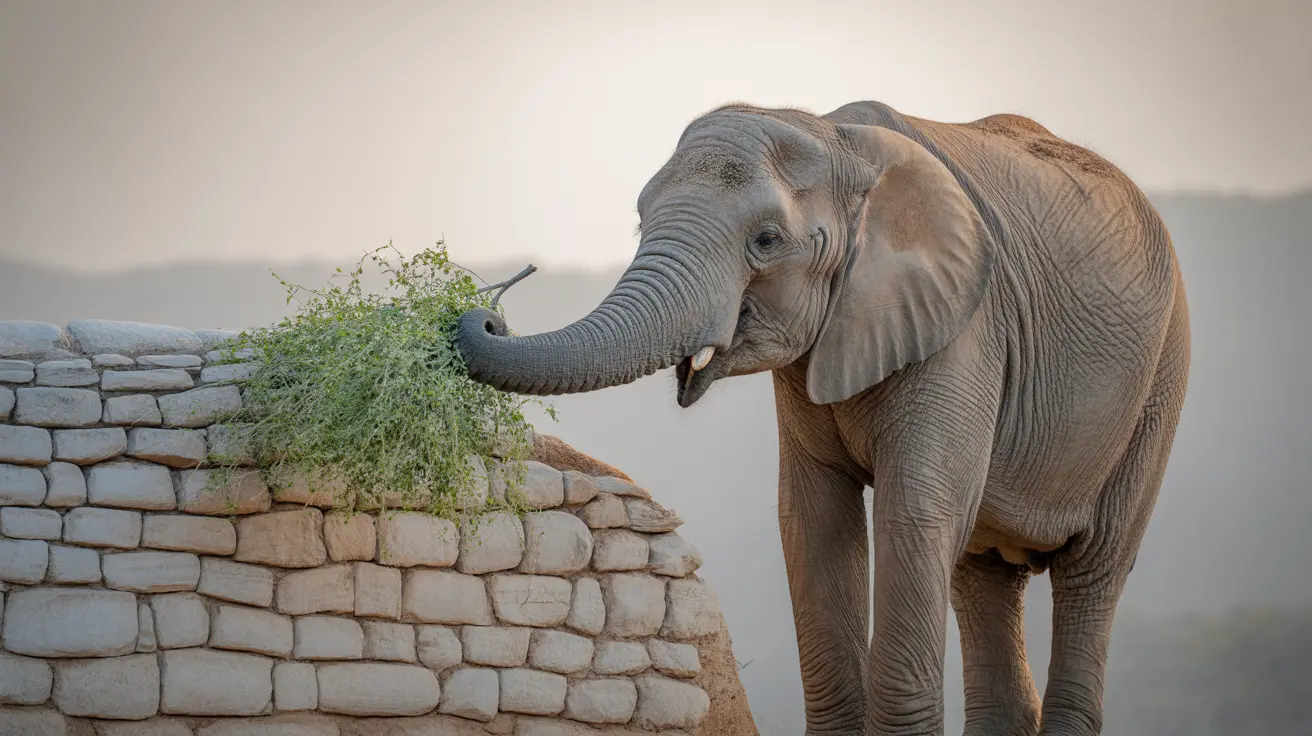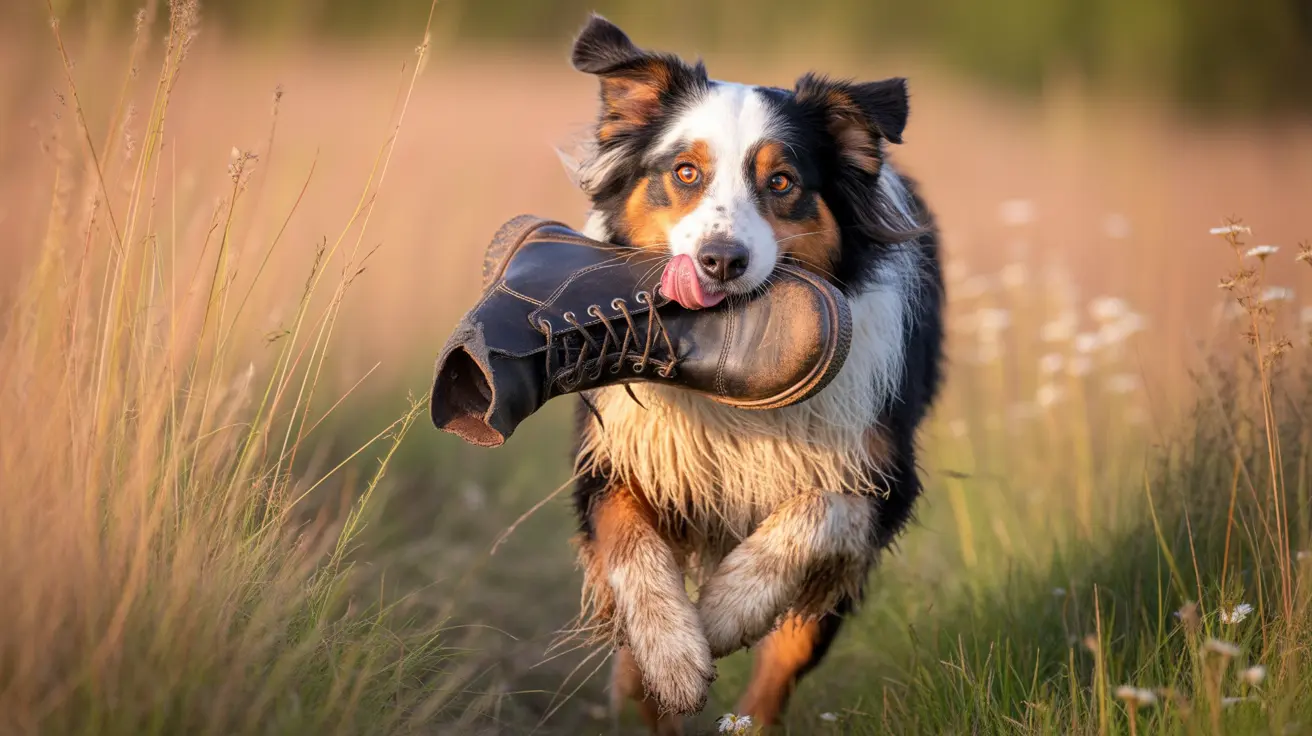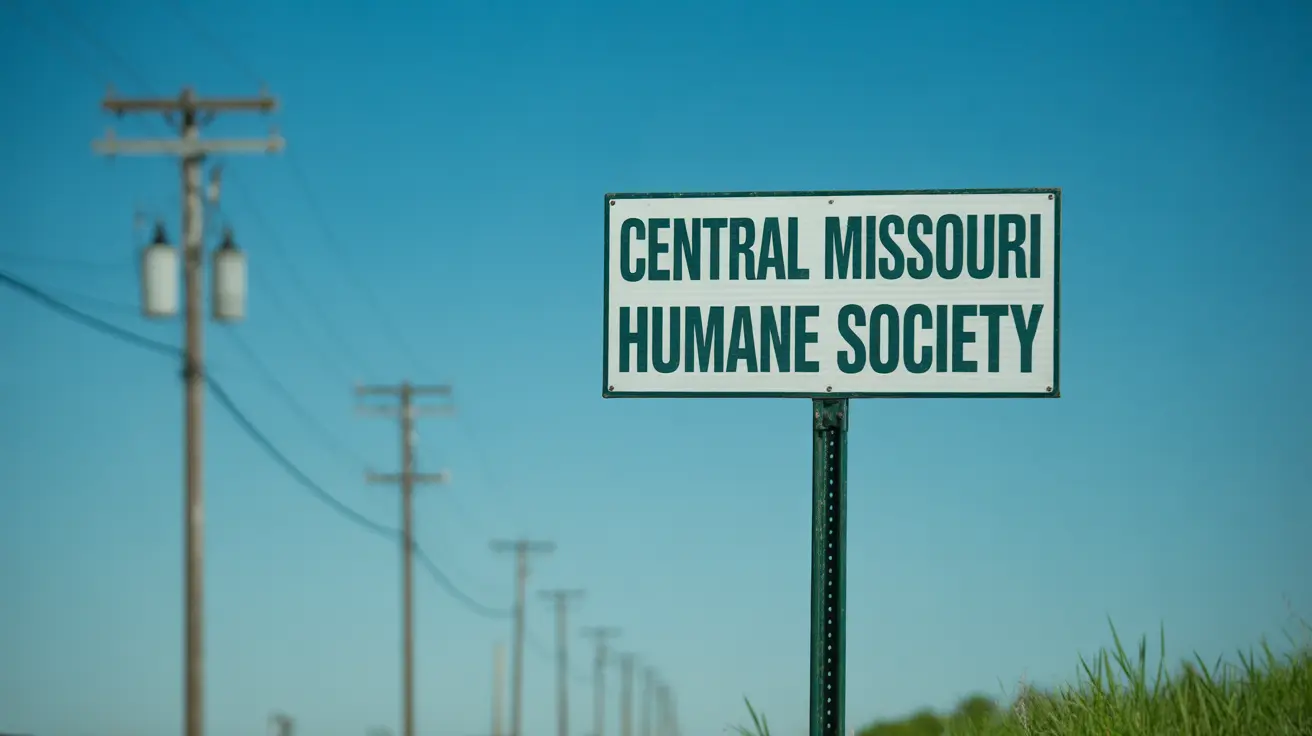As urban development continues to expand across Atlanta, an innovative partnership has emerged that transforms construction waste into valuable nutrition for zoo animals. The Atlanta Beltline project is revolutionizing how Zoo Atlanta sources fresh vegetation for its herbivorous residents by providing cleared trees and shrubs as browse—natural food that supports animal health and enriches their daily lives.
This sustainable collaboration addresses a critical need in modern zoo management: providing animals with the diverse, natural diet they would experience in the wild. As the Beltline prepares to open segments 2 and 3 of the Southside Trail, workers are clearing vegetation to make way for future paths. Rather than converting these plants into woodchips, they're giving them a second life as nutritious browse for animals ranging from goats to giraffes.
Understanding Zoo Animal Browse Diet and Its Importance
Browse refers to fresh branches, leaves, twigs, and bark that herbivorous animals naturally consume in their wild habitats. This vegetation provides essential nutrients, fiber, and enrichment that processed feeds simply cannot match. For zoo animals, access to quality browse helps maintain dental health, supports natural foraging behaviors, and provides mental stimulation that keeps animals engaged and healthy.
The nutritional value of browse varies by plant species and season, offering animals a diverse range of vitamins, minerals, and compounds that contribute to overall wellness. Fresh vegetation also encourages natural feeding behaviors, allowing animals to strip leaves, chew bark, and manipulate branches as they would in their native environments.
How Zoo Atlanta Sources Browse Through Strategic Partnerships
Zoo Atlanta has established a comprehensive browse collection program that extends beyond the Atlanta Beltline partnership. The zoo works with various local organizations, utility companies, and development projects to source appropriate vegetation. This network ensures a steady supply of safe, varied plant material throughout the year.
The Beltline collaboration represents an innovative approach to urban sustainability, turning what would traditionally be construction waste into valuable animal nutrition. This partnership demonstrates how infrastructure development and wildlife care can work together to create positive environmental outcomes.
Sustainable Animal Feeding Practices and Zoo Sustainability Initiatives
Modern zoos increasingly focus on sustainable practices that benefit both animals and the environment. Browse collection programs like Zoo Atlanta's represent a circular approach to resource management, where urban development byproducts become valuable inputs for animal care.
These initiatives reduce waste disposal costs for development projects while providing zoos with high-quality, fresh vegetation at minimal cost. The environmental benefits extend beyond waste reduction, as these programs often involve careful species selection and seasonal planning that supports local ecosystem understanding.
Natural Foraging Diet Benefits for Herbivores in Captivity
Herbivorous animals in zoos benefit tremendously from access to fresh browse. Large mammals like elephants and giraffes can consume substantial quantities of vegetation daily, and browse provides the variety and texture that keeps their digestive systems healthy and their minds engaged.
Natural foraging behaviors encouraged by browse feeding include selective browsing, where animals choose preferred plant parts, and extended feeding sessions that mirror wild feeding patterns. These behaviors contribute to physical exercise, mental stimulation, and overall behavioral health.
Zoo Animal Enrichment Through Browse Programs
Beyond basic nutrition, browse serves as a form of environmental enrichment that encourages natural behaviors and provides mental stimulation. Animals must work to access leaves and bark, engaging their problem-solving abilities and providing physical exercise through manipulation and chewing activities.
Different animal species benefit from browse in unique ways. Primates enjoy the challenge of processing complex plant structures, while hoofed animals use browse to maintain proper dental wear and satisfy their instinctual grazing behaviors.
Frequently Asked Questions
What is browse and why do zoo animals need it in their diet?
Browse consists of fresh branches, leaves, twigs, and bark from trees and shrubs that herbivorous animals naturally consume in the wild. Zoo animals need browse because it provides essential nutrients, supports dental health, encourages natural foraging behaviors, and offers mental stimulation that processed feeds cannot provide.
How does Zoo Atlanta source browse for its animals, and where does it come from?
Zoo Atlanta sources browse through partnerships with local organizations including the Atlanta Beltline project, utility companies, and various development initiatives. The Beltline partnership specifically provides cleared vegetation from trail construction areas, turning what would be construction waste into valuable animal nutrition.
Which animals at Zoo Atlanta benefit most from eating browse?
Herbivorous animals across the zoo benefit from browse, including large mammals like elephants and giraffes, as well as smaller herbivores like goats. Each species utilizes browse differently based on their natural feeding behaviors and dietary requirements.
This innovative partnership between Zoo Atlanta and the Atlanta Beltline demonstrates how creative collaborations can address multiple community needs simultaneously. By transforming urban development byproducts into valuable animal nutrition, this program supports both wildlife welfare and environmental sustainability, setting a model for other cities and zoos to follow.






